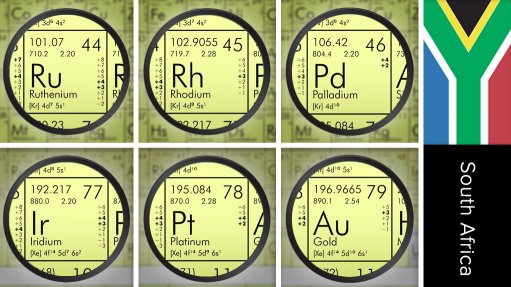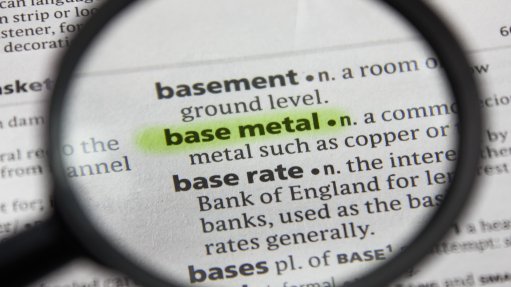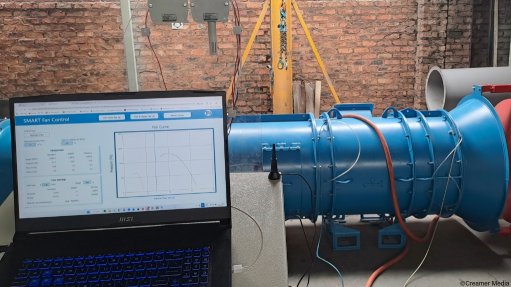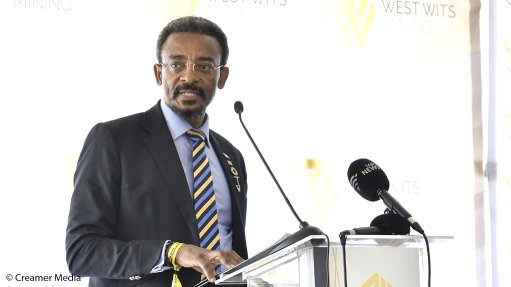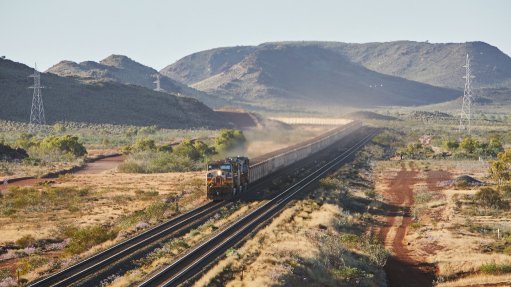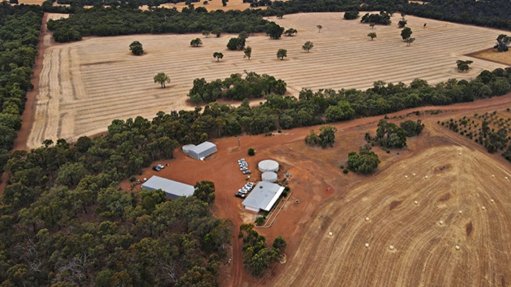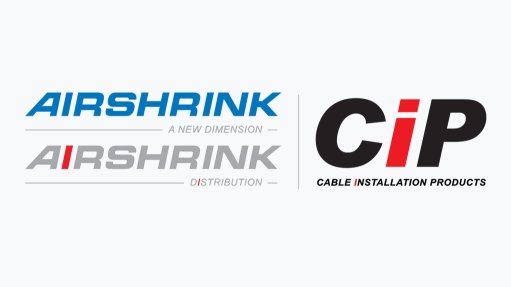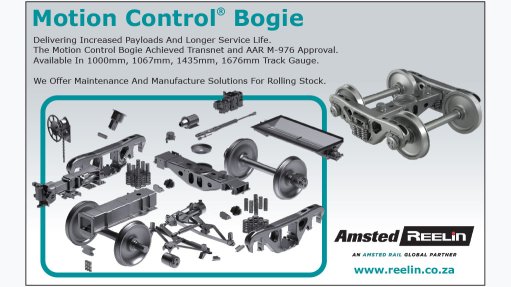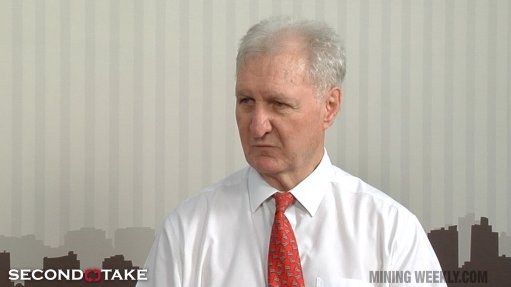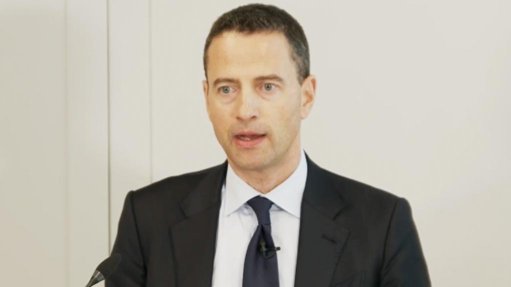SA mining consultant to remodel copper resources in Congo

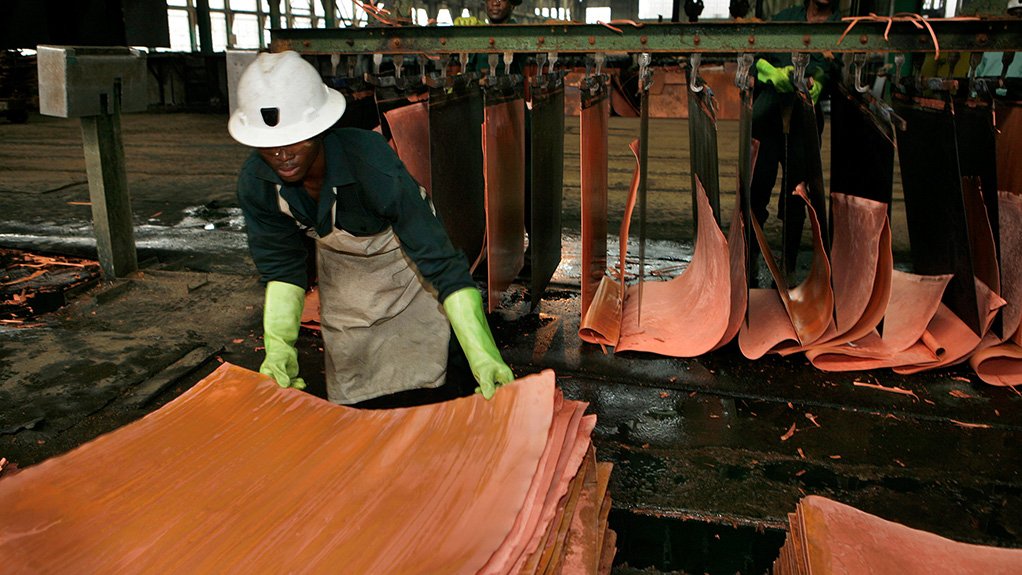
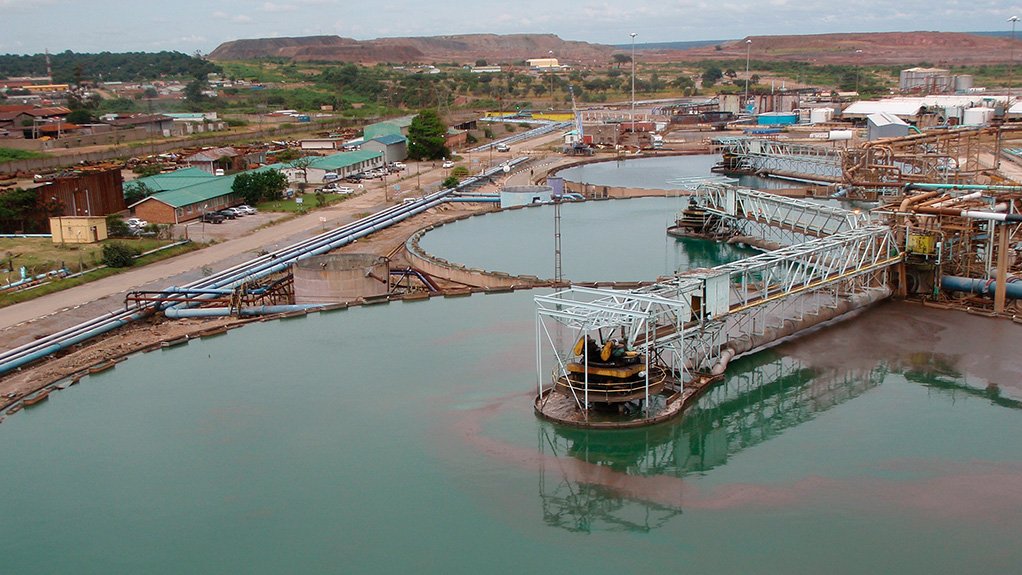
STILL A FUTURE Despite operational suspension at Katanga and cutbacks at Mopani, Glencore is showing commitment to its copper mines in Central Africa
STEPPING BACK Operations at Komoto's copper and cobalt complex are under review
Specialist mining consultant The MSA Group is assisting mining major Glencore in remodelling its mineral resource and geological models for Katanga Mining’s Kamoto Copper Company’s large-scale copper and cobalt mine complex, in the south of the Democratic Republic of Congo (DRC).
The contract, which was awarded last month, assigns MSA to remodel the mineral resource and geological models for both the KOV openpit mine and the KTO underground mine, in Kolwezi.
MSA principal mineral resource consultant Jeremy Witley tells Mining Weekly that the remodelling of Katanga’s mineral resource includes parameters on the ore chemistry to improve the efficiency of extraction during the whole-ore leach (WOL) process.
The new WOL plant will replace the existing oxide concentration process.
In response to a low prevailing copper price and the high cost of production, copper and cobalt production has been suspended for 18 months at Katanga Mining’s operations in Kolwezi.
Katanga will continue with the planned investment of $880-million in ongoing processing plant upgrades and the waste stripping of the KOV and Mashamba East openpits.
Glencore has also announced production cutbacks at its Mopani operations, in Zambia.
Despite operational suspension at Katanga and cutbacks at Mopani, Glencore is showing commitment to its copper mines in Central Africa.
MSA GM Ian Haddon notes that copper prices are at a six-year low and copper producers across the globe are forced to place a large emphasis on cost-cutting.
In particular, the Central African copper operations are relatively high-cost producers, owing to various factors including royalty and taxation uncertainty, inefficient transport infrastructure, erratic power supply and increasing environmental and social pressures.
He believes that Glencore’s strategy of reducing costs is necessary, adding that the company is investing $950-million at Mopani and a similar sum at Katanga to ultimately increase production, while streamlining operations to meet its target of reducing costs from over $2.50/lb to $1.70/lb.
Like many commodities, the demand for copper has steeply declined in the past two years because of China’s slower economic growth, with the Asian country accounting for about 45% of global copper demand, Haddon adds.
Although the cutback on production by some mines, such as those belonging to Glencore, will help to relieve the oversupply on the market, there are several mines that are scheduled to increase production or come on line in the next few years. As such, the effect of the cutbacks will be largely cancelled out, argues Haddon.
With the current low copper price, this is of particular concern to Zambia, which relies on copper for about 70% of its gross domestic product, with copper mining also forming a sizable portion of the fiscus in the DRC, says Haddon.
Both the governments that rely on the copper revenues and the companies mining the copper need to work together to find solutions and Haddon suggests that this is starting to happen, with the governments reviewing royalties, trying to improve efficiencies for processing of environmental and social authorisation applications, as well as other permits, and starting to look at infrastructure projects.
Inadequate infrastructure increases the cost of importing equipment and exporting materials, Haddon notes, and the location of the Copperbelt in the centre of Africa means Zambia and the DRC incur significant transport costs, both for exporting their product as well as bringing in supplies and equipment into their mines.
Although the recent weakening of Zambia’s kwacha by more than 50% results in the country receiving significantly more domestic currency for its copper, the price of imported mining equipment and other supplies has increased drastically.
However, some projects are in the pipeline to improve the Central Africa’s transport infrastructure and power generation capacity, he points out.
For example, the NorthWest Rail project, a joint venture between Zambia’s NorthWest Rail Company and Grindrod, has begun Phase 1 of building a railway line of more than 2 000 km to link the Atlantic seaboard Port of Lobito, in western Angola, directly with the heart of the Zambian and DRC Copperbelt mining region.
The outlook for copper does not look particularly promising for 2016, with demand from China expected to remain subdued and copper prices possibly falling further. This means that mines will continue to focus on lowering their costs of production to remain competitive.
For many struggling mines, there will inevitably be production cuts and, despite the added supply coming from expansions at established mines elsewhere, the cutbacks might help to stabilise prices, states Haddon.
Article Enquiry
Email Article
Save Article
Feedback
To advertise email advertising@creamermedia.co.za or click here
Press Office
Announcements
What's On
Subscribe to improve your user experience...
Option 1 (equivalent of R125 a month):
Receive a weekly copy of Creamer Media's Engineering News & Mining Weekly magazine
(print copy for those in South Africa and e-magazine for those outside of South Africa)
Receive daily email newsletters
Access to full search results
Access archive of magazine back copies
Access to Projects in Progress
Access to ONE Research Report of your choice in PDF format
Option 2 (equivalent of R375 a month):
All benefits from Option 1
PLUS
Access to Creamer Media's Research Channel Africa for ALL Research Reports, in PDF format, on various industrial and mining sectors
including Electricity; Water; Energy Transition; Hydrogen; Roads, Rail and Ports; Coal; Gold; Platinum; Battery Metals; etc.
Already a subscriber?
Forgotten your password?
Receive weekly copy of Creamer Media's Engineering News & Mining Weekly magazine (print copy for those in South Africa and e-magazine for those outside of South Africa)
➕
Recieve daily email newsletters
➕
Access to full search results
➕
Access archive of magazine back copies
➕
Access to Projects in Progress
➕
Access to ONE Research Report of your choice in PDF format
RESEARCH CHANNEL AFRICA
R4500 (equivalent of R375 a month)
SUBSCRIBEAll benefits from Option 1
➕
Access to Creamer Media's Research Channel Africa for ALL Research Reports on various industrial and mining sectors, in PDF format, including on:
Electricity
➕
Water
➕
Energy Transition
➕
Hydrogen
➕
Roads, Rail and Ports
➕
Coal
➕
Gold
➕
Platinum
➕
Battery Metals
➕
etc.
Receive all benefits from Option 1 or Option 2 delivered to numerous people at your company
➕
Multiple User names and Passwords for simultaneous log-ins
➕
Intranet integration access to all in your organisation








